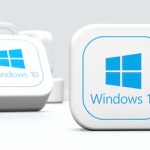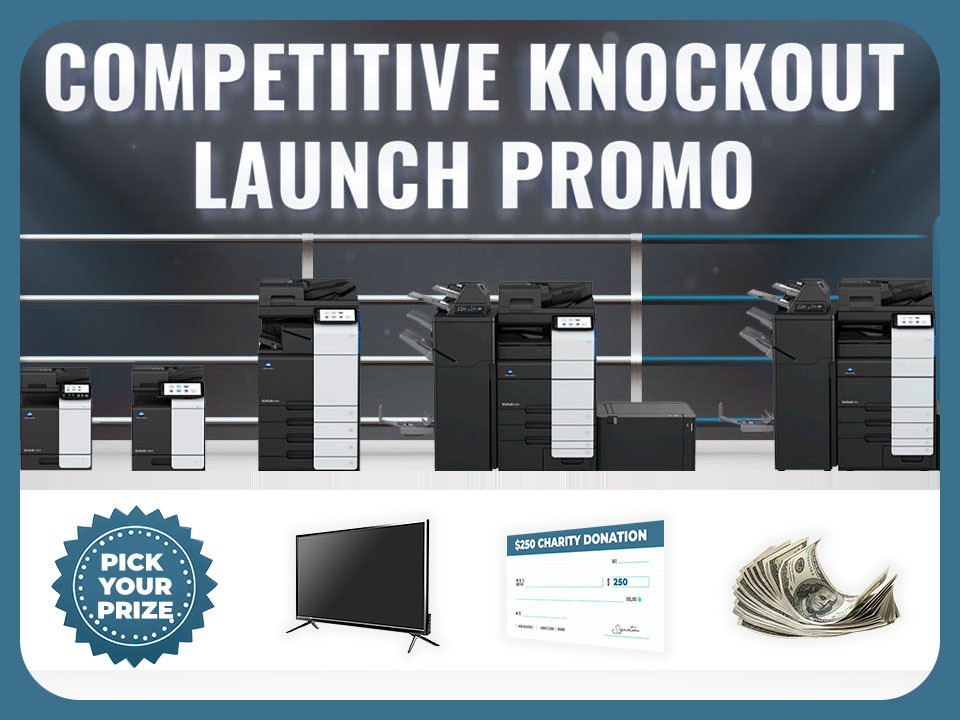The promise of cloud computing is compelling – greater flexibility, lower costs, and the ability to scale on demand. But like any major technological shift, cloud migration needs careful consideration. Before you start moving your systems and data to the cloud, let’s explore the key factors that will shape your migration strategy’s success.
1. Define Your Goals
Before diving into the cloud, ask yourself: Why are we migrating? Whether it’s reducing costs, improving collaboration, scalability, or enabling remote work, your goals will dictate the type of cloud solution you need. For instance, businesses prioritizing collaboration may benefit from a hybrid cloud environment, while those looking for cost-efficiency might lean towards public cloud services.
Clearly defining your goals ensures you don’t waste resources chasing features you don’t need.
2. Understand Your Current IT Infrastructure
Conduct a thorough audit of your existing IT environment. What systems, applications, and data are you planning to migrate? Not all workloads are suitable for the cloud. Legacy applications, for example, may require significant reconfiguration—or might not work at all in a cloud environment.
This step helps identify potential compatibility issues and ensures you’re prepared for the technical adjustments required.
3. Consider Cloud Security and Compliance
Data security is one of the most significant concerns when moving to the cloud. Businesses operating in regulated industries, such as healthcare or finance, must comply with strict data protection laws like HIPAA or GDPR.
Ask your cloud provider:
- What encryption standards do you use?
- Where is the data stored?
- How do you handle potential breaches?
Additionally, consider implementing a robust cloud security strategy, including multi-factor authentication, regular audits, and employee training to mitigate risks.
4. Evaluate Costs
While cloud solutions can reduce capital expenditures, hidden costs can quickly add up if you’re not careful. Factors like data transfer fees, storage overages, or premium support options might increase your overall spend.
Make sure to calculate both the upfront and ongoing costs to ensure your cloud migration aligns with your budget. A detailed cost-benefit analysis will help you determine if the move is financially viable.
5. Plan for Downtime
Migrating to the cloud is not an overnight process. Depending on the size of your organization, it might take weeks or months to fully transition. During this period, you may experience temporary disruptions.
Create a migration plan that minimizes downtime. This could include migrating in phases, prioritizing mission-critical workloads first, and scheduling migrations during off-peak hours.
6. Choose the Right Cloud Provider
Not all cloud providers are created equal. Consider factors such as performance, reliability, customer support, and scalability when evaluating options. Providers like AWS, Microsoft Azure, and Google Cloud offer robust solutions, but the best choice depends on your specific needs.
Ask for case studies, testimonials, and service-level agreements (SLAs) to ensure the provider meets your expectations.
7. Prepare Your Team
Cloud migration isn’t just a technical process—it’s a cultural shift. Employees need to be trained on new tools and workflows to ensure they can make the most of the cloud. Consider offering workshops or online training sessions to get your team up to speed.
What’s Next?
Moving to the cloud is a game-changer for business operations, but its success depends on thoughtful preparation. Focus on defining your objectives, mapping your current systems, building robust security measures, and partnering with a reputable cloud provider. With these foundations in place, you’ll be well-positioned for a seamless transition.
About TSG
The Swenson Group (TSG) is an award-winning Bay Area Managed Service Provider that has helped thousands of organizations achieve more by leveraging cost effective technologies to be more productive, secure and cost effective. Services include Managed Print, Document Management, IT Services and VoIP. Products include MFPs, Copiers, Printers and Production Systems, Software and Solution Apps. For the latest industry trends and technology insights visit TSG’s main Blog page.
Subscribe to our Blog
What is a Document Management System?
A beginner's guide to managing documents from paper to intelligent automated workflows.









